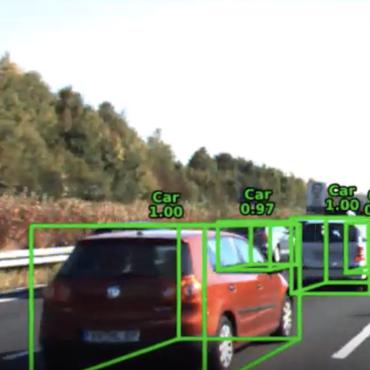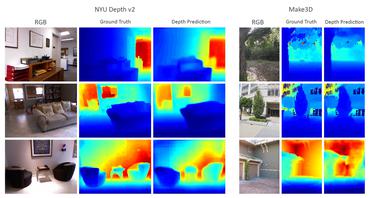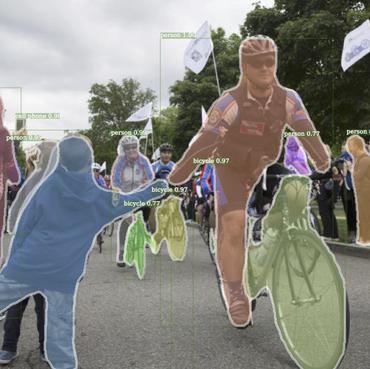BEVUDA: Multi-geometric Space Alignments for Domain Adaptive BEV 3D Object Detection
Vision-centric bird-eye-view (BEV) perception has shown promising potential in autonomous driving. Recent works mainly focus on improving efficiency or accuracy but neglect the challenges when facing environment changing, resulting in severe degradation of transfer performance. For BEV perception, we figure out the significant domain gaps existing in typical real-world cross-domain scenarios and comprehensively solve the Domain Adaption (DA) problem for multi-view 3D object detection. Since BEV perception approaches are complicated and contain several components, the domain shift accumulation on multiple geometric spaces (i.e., 2D, 3D Voxel, BEV) makes BEV DA even challenging. In this paper, we propose a Multi-space Alignment Teacher-Student (MATS) framework to ease the domain shift accumulation, which consists of a Depth-Aware Teacher (DAT) and a Geometric-space Aligned Student (GAS) model. DAT tactfully combines target lidar and reliable depth prediction to construct depth-aware information, extracting target domain-specific knowledge in Voxel and BEV feature spaces. It then transfers the sufficient domain knowledge of multiple spaces to the student model. In order to jointly alleviate the domain shift, GAS projects multi-geometric space features to a shared geometric embedding space and decreases data distribution distance between two domains. To verify the effectiveness of our method, we conduct BEV 3D object detection experiments on three cross-domain scenarios and achieve state-of-the-art performance.
PDF Abstract






 nuScenes
nuScenes